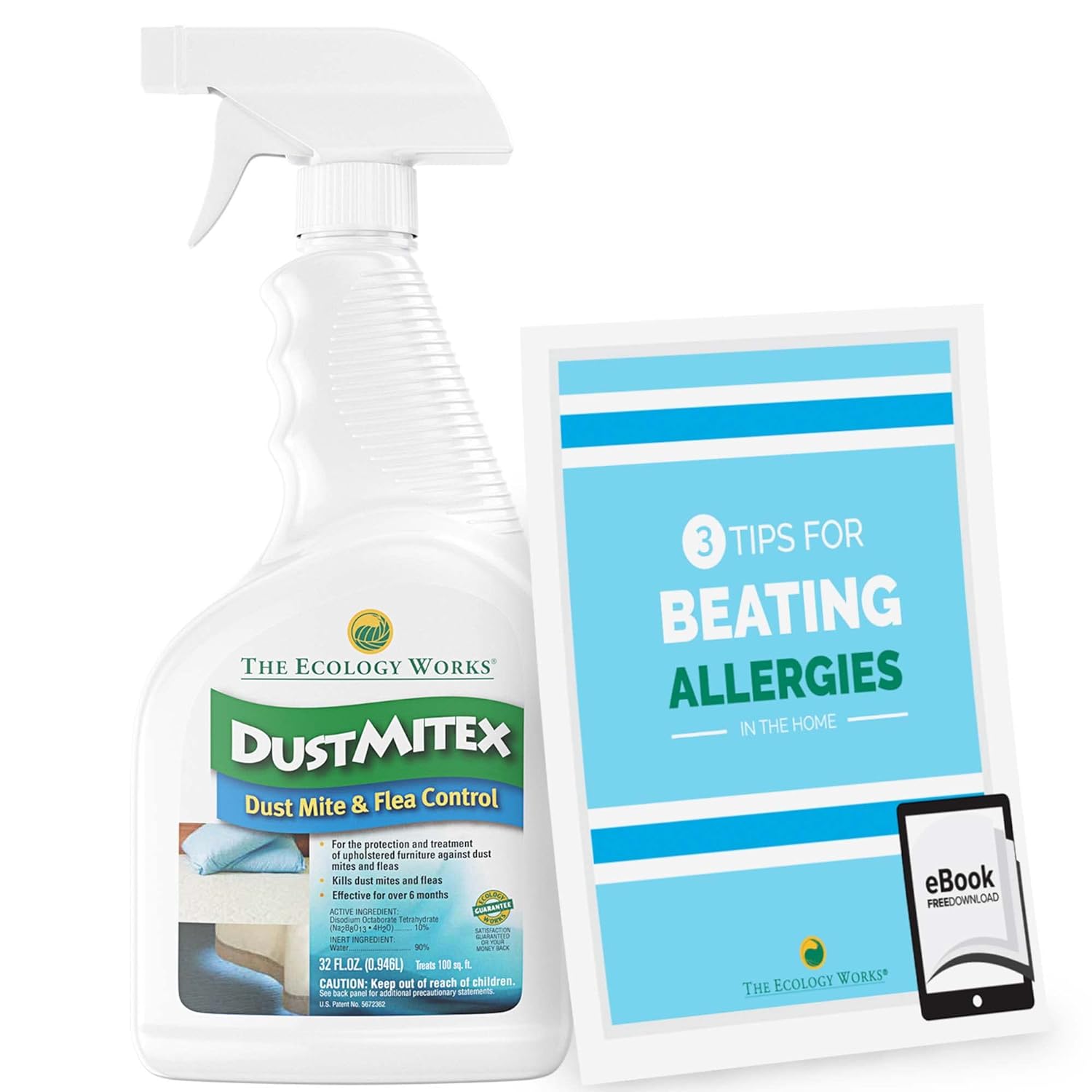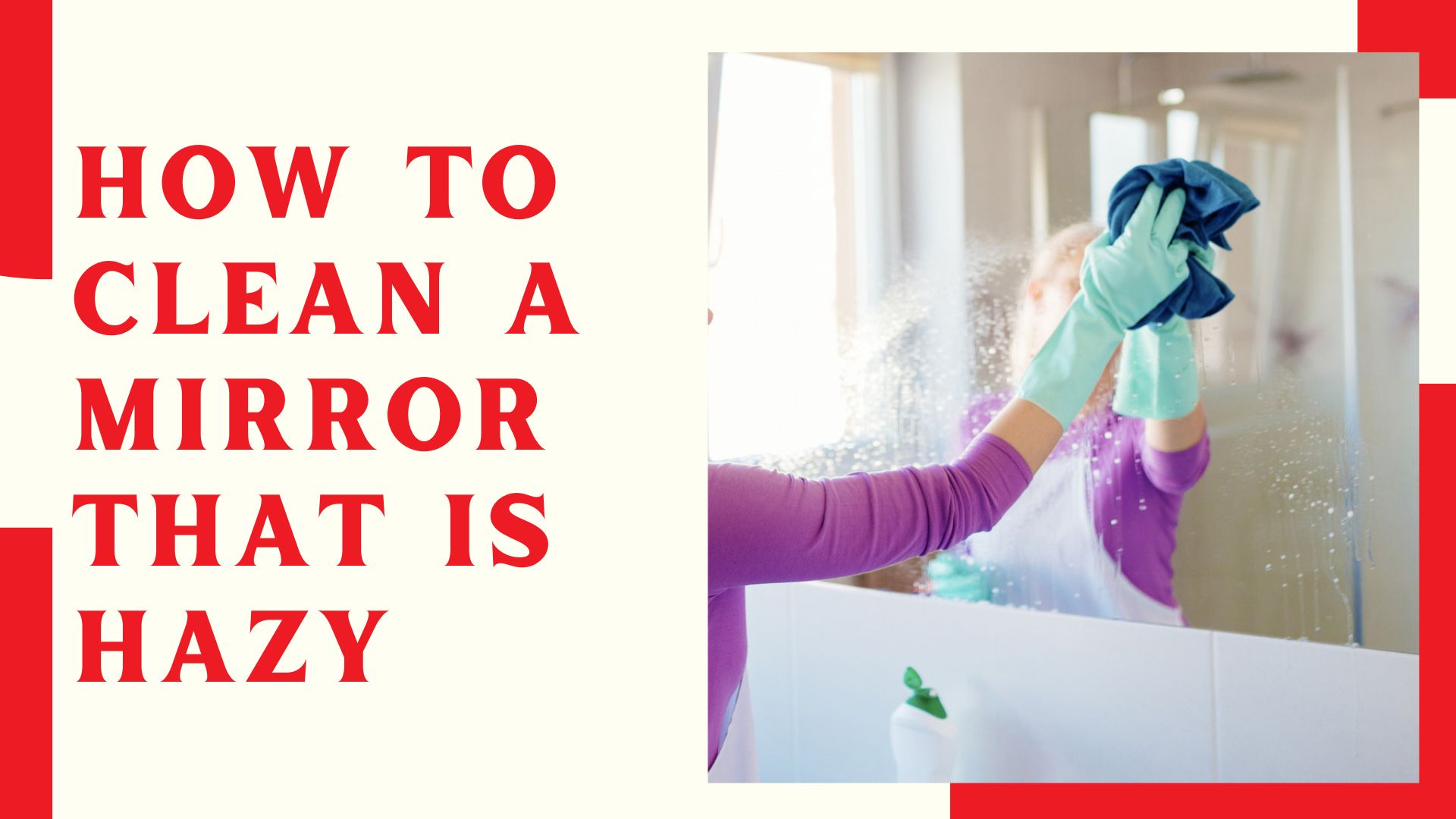Dust mites, those microscopic pests lurking in the depths of our homes, can be a significant nuisance for many people. While they don't bite, these tiny creatures can trigger allergic reactions and respiratory issues, making them a concern for health-conscious individuals. Fortunately, there are natural methods to combat dust mites effectively without resorting to harsh chemicals or expensive treatments.
Related Products You Might Like

DustmiteX Spray

Air Purifier

Mattress Encasement
"(Paid Links)" 
What Are Dust Mites?
Dust mites are minuscule arachnids that thrive in warm, humid environments, typically found in bedding, upholstered furniture, and carpets. These minuscule creatures reproduce at lightning speed and significantly threaten our health. It's essential to keep them at bay to prevent potential health hazards.
Health Implications
Exposure can trigger symptoms like sneezing, coughing, itching, and even asthma attacks for those allergic to dust mites. Prolonged exposure may exacerbate existing respiratory conditions, making it essential to address dust mite infestations promptly.
Identifying Dust Mite Infestation
Recognizing the signs of dust mite infestation is crucial for effective management.
Common Signs and Symptoms
Persistent sneezing
Itchy or watery eyes
Nasal congestion
Skin irritation or eczema
Difficulty breathing, particularly at night
Natural Remedies for Dust Mite Control
Taking a holistic approach to dust mite control to reduce their population in your home environment.

Regular Cleaning Practices
Vacuum carpets and upholstery regularly to maintain a clean living space. A vacuum cleaner with a HEPA filter effectively traps dust, mites, and allergens.
Using Essential Oils
Eucalyptus, tea tree, and peppermint oil possess natural insecticidal properties. Dilute them in water and spray on bedding, carpets, and curtains to deter dust mites.
Maintaining Optimal Humidity
Maintain 30% to 50% humidity to discourage dust mite proliferation. Dehumidifiers can help regulate moisture levels in your home.
Washing Bedding and Linens Regularly
Wash bedding, pillows, and sheets weekly in hot water (above 130°F) to kill dust mites and remove allergens. Dietary Adjustments
Anti-Inflammatory Foods
Incorporate anti-inflammatory foods like fruits, vegetables, fish, and nuts into your diet. These foods can help alleviate allergic reactions and reduce inflammation caused by dust mite exposure.
Supplements
Take supplements like omega-3 fatty acids, quercetin, and vitamin C, known for their anti-allergic and immune-boosting properties.
Reducing Dust Mite Exposure
Encasing Mattresses and Pillows
Invest in allergen-proof mattresses and pillow covers to protect against dust mites. Wash these covers and your bedding regularly.
Vacuuming and Dusting Techniques
To keep your floors, carpets, and upholstery clean, it's recommended to use a vacuum cleaner with a HEPA filter. It will help to trap dust and other airborne particles more effectively than regular vacuums. Additionally, wiping away airborne dust with a damp cloth can help reduce the dust in your home. It's important to note that dry cloth can stir up dust and worsen the problem. Following these tips can help keep your home cleaner and more comfortable.

Air Purifiers
Install high-efficiency particulate air (HEPA) filters in your home's HVAC system or use a standalone air conditioner.
Conclusion
Combatting dust mites naturally requires a multifaceted approach, including regular cleaning, dietary adjustments, and reducing exposure to allergens. By incorporating these strategies into your routine will help you to create a healthier environment and minimize the adverse effects of dust mite infestations.



